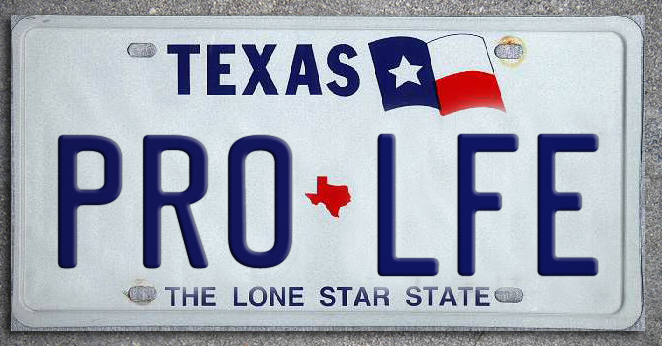Abortion advocates continue to attack the state of Texas for passing laws to protect unborn babies. The latest attack involves a study claiming to show that the new pro-life laws have led women to seek self-induced abortions.
The study, led by researchers from the University of Texas Population Research Center, Ibis Reproductive Health, the University of Alabama-Birmingham, and the University of California at San Francisco, claims that 2 percent of Texas women have endangered their health trying to induce their own abortions since the pro-life laws took effect in 2013, according to the Washington Post.
“Poverty, limited resources, and local facility closures limited women’s ability to obtain abortion care in a clinic setting and were key factors in deciding to attempt abortion self-induction,” according to the researchers.
The researchers estimate that between 100,000 and 240,000 women of reproductive age in Texas have tried to self-abort their unborn babies since the laws went into effect, according to Reuters. Women used herbs, teas, vitamins and medications from Mexico, according to the study.
The numbers almost certainly are a gross exaggeration. According to the pro-abortion Guttmacher Institute, there were 73,000 abortions in 2011 in Texas before the laws took effect. The study’s estimates that abortions increased up to 240,000 after the pro-life laws were passed seems extremely unlikely.
Keep up with the latest pro-life news and information on Twitter. Follow @LifeNewsHQ
Pro-lifers estimate that the new Texas laws have saved more than 10,000 unborn babies lives so far by cutting the abortion rate 13 percent.
The study’s researchers have a history of biased, pro-abortion reporting. The University of California at San Francisco, which was involved with the Texas study, also published a study in 2013 advocating to allow non-doctors to perform surgical abortions and downplaying the high complication rates that they discovered.
False and exaggerated reports about illegal abortions are not new. Abortion advocates once claimed that prior to Roe v. Wade, up to 10,000 women died every year from illegal back-alley or self-induced abortions.
Dr. Bernard Nathanson, the late former abortionist and co-founder of NARAL who later became pro-life, refuted the claim in his 1979 book Aborting America:
“In NARAL, we generally emphasized the frame of the individual case, not the mass statistics, but when we spoke of the latter it was always `5,000 to 10,000 deaths a year.’ I confess that I knew the figures were totally false, and I suppose the others did too if they stopped to think of it.”
In 1972, the year before Roe v. Wade, 39 women died in illegal abortions, according to the National Center for Health Statistics.
Some of the new Texas pro-life laws are being challenged at the U.S. Supreme Court level. The laws closed abortion clinics across the state by requiring that abortionists have admitting privileges at local hospitals and that abortion clinics meet ambulatory surgical standards. Texas also enacted a ban on painful, late abortions on fully formed babies.
The Supreme Court will review the decision by the United States Court of Appeals for the Fifth Circuit to uphold specific safety standards in House Bill 2, the Pro-Life Omnibus Bill passed by the Texas Legislature in 2013.
On June 9, a three-judge panel of the United States Court of Appeals for the Fifth Circuit, largely upheld the contested provisions. With minor exceptions, they concluded the provisions did not create an “undue burden” on a woman’s right to abortion.
Then, the Supreme Court blocked the law while the lawsuit against it continued. The high court voted 5-4, with Justice Anthony Kennedy joining with the four reliable abortion activists on the Supreme Court in blocking the law.
The coalition of abortion companies, who brought this lawsuit, argues that the effect of the law will be to close many abortion clinics, thus creating an “undue burden” on the right of women to have an abortion.
Texas Right to Life emailed LifeNews more about what the high court will do when it reviews the pro-life law.
“In considering HB 2, SCOTUS will consider the vague notion of ‘undue burden’ as originally addressed in the Court’s 1992 ruling in Planned Parenthood v. Casey. For over two decades, this nebulous standard has been used to dismantle Pro-Life legislation, and – although SCOTUS’ deference to the Fifth Circuit’s earlier ruling would have been a victory for HB 2 – the Pro-Life movement at large would welcome clarification of the tenuous ‘undue burden’ standard,” it said.
On the one hand, the abortion industry clamors for uninterrupted taxpayer funding for alleged “women’s healthcare,” denying the use fungible funds for abortion. On the other hand, the abortion industry insists on the right to operate in the absence of the basic health and safety standards to which similar medical professions are held.”
“Until SCOTUS completes a review of the constitutionality of HB 2, the law’s safety standards are delayed from taking effect in Texas,” according to Texas Right to Life.








